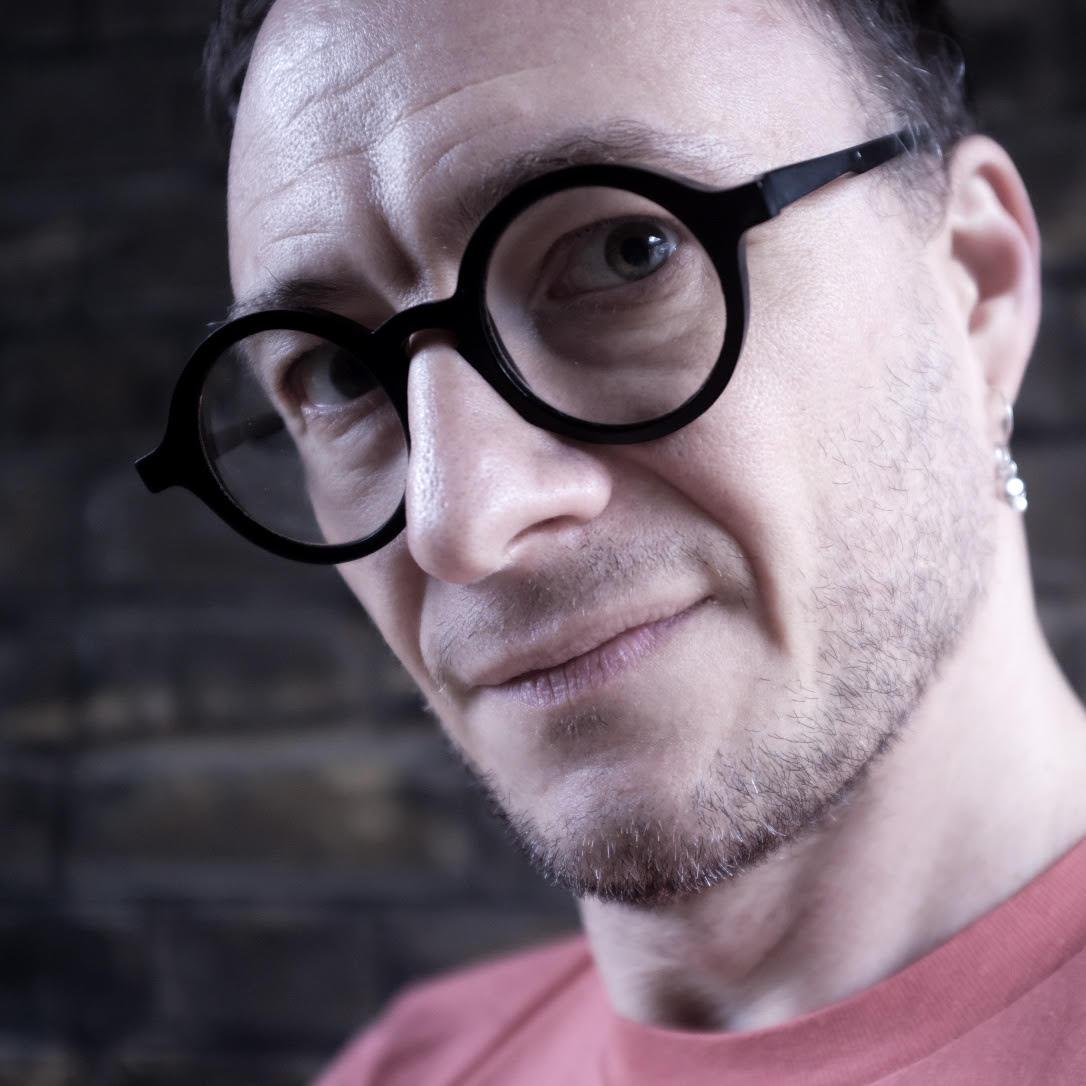Fede Fasce
Staff details
Game design, play as a language and game anthropology
I have a background in game design and media studies. I have been working in the games industry and other related fields for more than 20 years.
When designing games, I focus on emotions and on how game mechanics can be used in order to facilitate a given feeling or deliver a certain message. I'm currently self-producing small games that explore relationships and love.
I lead the Independent Games and Playable Experience Design MA and I teach several modules about game design and quick prototyping.
Teaching and supervision
Research interests
I have a genuine, deep interest in games as a human activity. I want to know more about why we play, how we do it and how game spaces can create meaning. Stemming from this passion and vision, my game design practice is holistic, taking into account not only pure game mechanics but also how all the other elements of a game take part in making meaning and evoking emotions. For this reason I am quite multidisciplinary in my approach. Even though game design is my main focus, I am deeply interested in other ways of human expression, such as visual arts, filmmaking, architecture and so on.
My research fields gravitate around the meaning of play and why human play seen from an anthropological perspective. I am mostly interested in how game spaces create languages and culture and how we can express ourselves and open conversations throughout the making of game spaces.
I explore how game designers use play and its ambiguity of carrying a different significance through actions and they combine it in a structured procedural form (game) that through the exercise of rules presents a rhetorical (persuasive) text. As for the audience, how through the agency in the game and the emotions we feel, we come in contact with this text.
Publications and research outputs
Article
Fasce, Federico. 2020. ‘Animal Crossing in the age of social distancing’. Medium,
Professional projects
Forest Daydream is an immersive forest made of colliding environments and investigated through collaboration. Players explore a physically reproduced videogame space joining efforts to play small games hidden in the landscape. Upon completing each mini-game, players can change the time of day and weather in the world.
The soundscape mixes familiar game tones with field recordings from the Amazonas region of Peru, where the ancient community of the Wampís live; they preserve an ancient cultural obligation to maintain the forest in balance with all living things.
Collaborator and sound artist Ben Kelly was the first person to record their songs and the acoustic ecology of their forests. The collision and overlapping of these spaces provoke consideration. What ecologies are being lost and gained as technology impacts our ecosystem?
Between 2017 and 2018 I have been the creative technologist for the VR project at the Guardian. During this year I helped the team designing and developing many VR experiences for the Google Daydream and Cardboard platforms.
This project has raised my interest in using game design to produce interactive documentaries and journalistic pieces. I used my knowledge of how to create moving experiences in order to point the audience attention to the core topics we wanted to deliver.
Songbird, our final piece, is a original take on extinction, which uses recordings from the ʻōʻō bird, which was last seen in 1985 and is now considered extinct. We worked with Uri and Michelle Kranot from Danish studio TinDrum, who beautifully recreated the Kauai forest in a hand paint style. I took care of the world design and of the general direction of the piece.
Songbird has been awarded best VR experience at the Anima Festival in Bruxelles.
Conferences and talks
2020:
Belonging to a Game World
Freeplay 2020 talk
